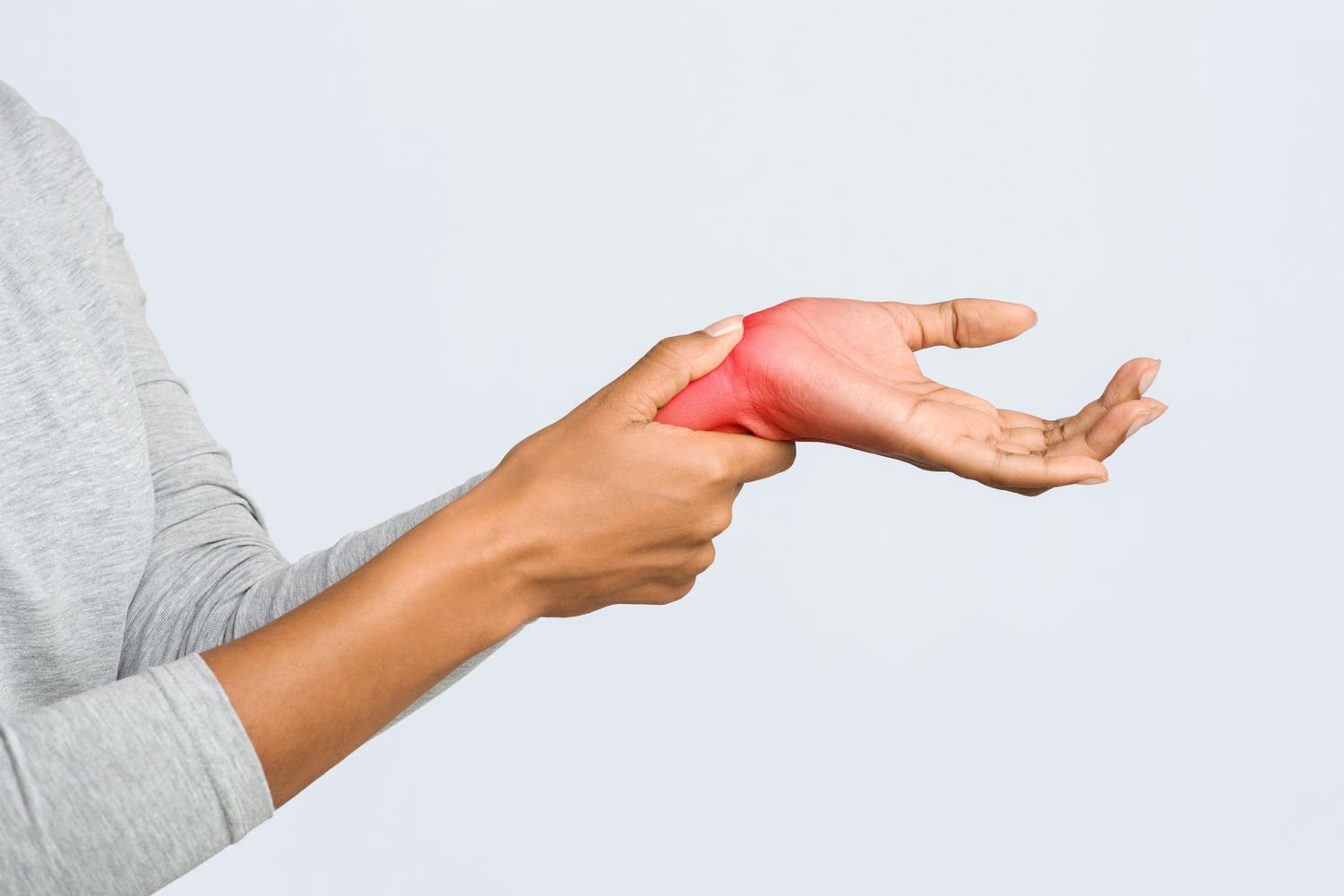
Red Light Therapy: A Scientifically Supported Approach to Improving Peripheral Neuropathy
Peripheral neuropathy, a condition resulting from damage to the peripheral nerves, often causes weakness, numbness, and pain, typically in the hands and feet. Common causes include diabetes, traumatic injuries, infections, and exposure to toxins. Conventional treatments for peripheral neuropathy primarily focus on managing the symptoms and include medications, physical therapy, and in some cases, surgery. In the quest for additional therapeutic options, red light therapy has been identified as a potential beneficial treatment. This therapy involves exposing the affected areas to low levels of red or near-infrared light, and its effectiveness in improving peripheral neuropathy is grounded in various scientific mechanisms:
- Enhancing Nerve Function: Red light therapy can stimulate mitochondrial activity within nerve cells, which is crucial for nerve function. By enhancing energy production in the nerve cells, red light therapy may improve nerve signal transmission, which can be impaired in peripheral neuropathy.
- Reducing Pain and Inflammation: Pain and inflammation are common symptoms of peripheral neuropathy. Red light therapy has been shown to have anti-inflammatory and analgesic properties. It can help reduce inflammation and modulate pain signals, thereby providing relief from the discomfort associated with neuropathy.
- Promoting Regeneration of Nerve Tissues: One of the most promising aspects of red light therapy in the context of peripheral neuropathy is its potential to stimulate the regeneration of nerve tissues. By promoting cellular repair and growth, red light therapy can aid in the healing of damaged nerves, potentially restoring some nerve function.
- Improving Circulation: Adequate blood flow is essential for nerve health and repair. Red light therapy can enhance blood circulation, ensuring that essential nutrients and oxygen are delivered to the affected nerves, supporting their health and function.
- Safe and Non-Invasive: Red light therapy offers a non-invasive, drug-free alternative or complement to traditional neuropathy treatments. It’s a gentle therapy with minimal reported side effects, making it suitable for long-term management of neuropathy symptoms.
- Complementing Other Neuropathy Treatments: Red light therapy can be used alongside other treatments for peripheral neuropathy, such as medication management, physical therapy, and lifestyle modifications, to enhance overall symptom relief.
While the potential of red light therapy in improving peripheral neuropathy is supported by scientific theories and preliminary research, it’s important to note that this field is still evolving. More comprehensive studies are needed to fully understand its effectiveness, determine optimal treatment parameters, and establish it as a standard practice in neuropathy management.
In conclusion, red light therapy presents a promising, scientifically-grounded method for improving symptoms of peripheral neuropathy. Its potential in enhancing nerve function, reducing pain and inflammation, promoting nerve tissue regeneration, and improving circulation positions it as a beneficial tool in managing this complex condition. As research continues to advance, red light therapy could become an integral part of comprehensive neuropathy care strategies, offering a non-invasive, safe option for individuals seeking to alleviate their neuropathy symptoms. However, consulting with healthcare professionals is crucial before integrating new therapies into a neuropathy treatment plan, particularly for individuals with underlying health conditions or those undergoing other treatments.
